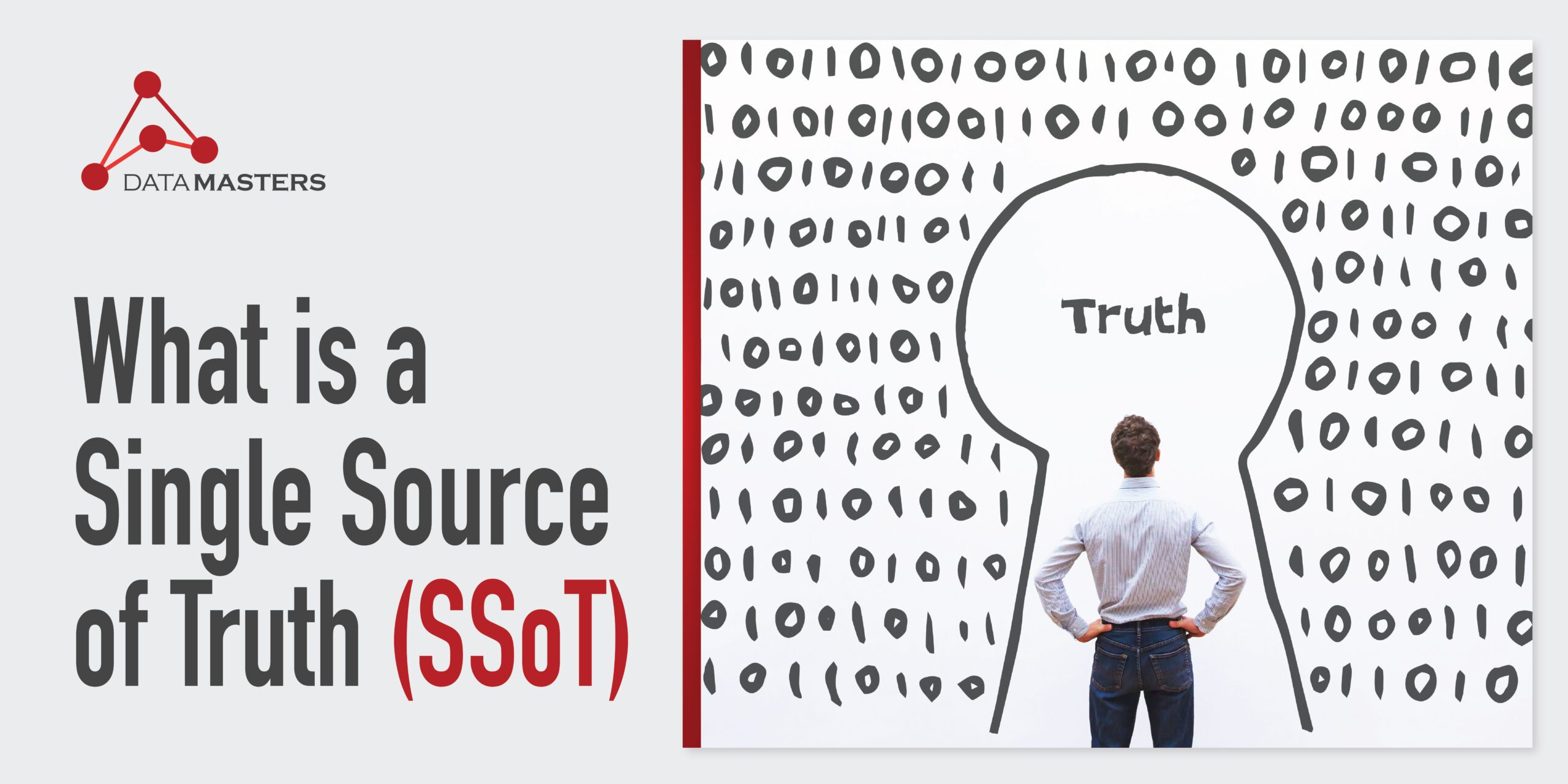Since the beginning of the 21st century, AI has been successfully implemented in the field of fraud detection, improving customer services, risk management, and insurance claims. Nowadays, banks around the world are using Artificial Intelligence to improve the corporate lending process.
The reason for this is that the methods from the past use several parameters to determine if someone is eligible for a loan. They can be rigid, unable to present the whole picture, and sometimes unfair. With the assistance of machine learning, through the implementation of the ML models, the process is corrected and gives a more realistic view of the profile, so the characteristics and the potential of the loan applicant company are perceived more objectively. On this topic, we talked with Mishel Mucunska, a data scientist, with experience in the application of ML models in banking.
WHERE CAN ARTIFICIAL INTELLIGENCE BE IMPLEMENTED IN FINANCIAL INSTITUTIONS?
Machine Learning can be implemented in a wide range of financial services and depending on the issue the benefits can be various. I will give a few examples:
-ML helps to detect anomalies in real-time data, for example in banking transactions, credit card transactions, insurance claims, mortgages, loan applications, etc. With the implementation of artificial intelligence, scams can be detected and prevented from happening.
-ML client retention strategy through functional data insights. Existing campaigns for customer retention can be upgraded through predictive analytics to determine how clients are using their products and services and what other services they would potentially be interested in.
-The use of analytical tools facilitates the assessment of the client’s creditworthiness and detects signals of the potential inability to repay the loan.
-Optical Character Recognition is commonly used by billing departments to eliminate manual data entry, i.e. to eliminate errors. When artificial intelligence and natural language processing are integrated (NLP), OCR adds the ability to automatically assess the risk of any paper document.
THERE ARE NOTICEABLE CHANGES IN THE BANKING SECTOR AS A RESULT OF THE IMPLEMENTATION OF ARTIFICIAL INTELLIGENCE AND MACHINE LEARNING. WHAT HAS AI/ML REVOLUTIONIZED WHEN IT COMES TO BANK LOANS?
The world strives for optimization and efficiency in every process, including banking. Loans are the main activity of the banks and their main profit comes directly from the interest on the loan, so the transition to more efficient methods comes naturally when trying to optimize and improve this sector of banking.
The methods that have been used in banking analytics over the past decade are still largely present, but ML is becoming increasingly frequent due to its many benefits in different sectors. In particular, since we are talking about creditworthiness and approval of various forms of corporate financing, AI and ML can be used to make better decisions compared with classical methods and optimize the outcome. This way, various financial parameters are analyzed in depth and then used to assess the performance of a particular company. This is even more important when lending to small and medium-sized enterprises and proves to be particularly successful in detecting border cases, where the baseline for whether a particular enterprise is a good candidate for a loan is narrow.
In addition, if the parameters of success are considered through analytical tools, ML helps to give a recommendation for the specific enterprise. This means that we can effectively find connections between the ability to repay the loan and financial parameters, especially in cases where it is not quite obvious.
WHAT IS THE BENEFIT OF IMPLEMENTING MACHINE LEARNING IN FINANCIAL INSTITUTIONS? ALSO, WHEN DETERMINING THE CREDITWORTHINESS OF AN ENTERPRISE?
In assessing creditworthiness through our work in the banking sector, we have so far been able to provide:
-Better accuracy and objectivity in assessing whether a particular company is creditworthy, especially in borderline cases where this is not entirely clear.
-Better understanding of financial indicators that tell us whether a company is creditworthy. We can analyze how each parameter affects the success of the company, as well as the signals of the potential inability to pay.
-Faster and easier decision-making that less and less depends on the experience of the employee in charge of decision-making.
-Minimizing human errors and the human factor, etc.
As mentioned previously, financial institutions are able to achieve higher profits by minimizing the cases of unpaid loans and cases where the loan was not approved, but the company was able to repay it properly. In general, the loss on both sides is reduced and the process becomes more efficient and accurate, resulting in a more successful business.
HOW DOES THE BANK LOAN APPROVAL PROCESS HAPPEN WITH AND WITHOUT THE IMPLEMENTATION OF ML MODELS? WHAT GOES INTO BUILDING AN ML MODEL FOR THAT PURPOSE?
Banks approve loans after an extensive verification and validation process. This includes reviewing a number of parameters from the financial statements, assessing debt repayment history, business references, product or service turnover, market reputation, etc. Let me clarify this better – we are talking about a system that’s usually based on rules, where if a company archives some success in several financial indicators/parameters, such as profit over X euros, it is considered a suitable candidate for obtaining some form of financing.
However, despite this analysis and credit rating, the financial institutions still can not easily guarantee whether the applicant can repay the loan. To improve and simplify this whole process of loan approval, machine learning can be used to minimize the loss of the bank due to unpaid loans or in case of misjudgment when denying a loan.
ML models are built on historical financial data. First, this information should be analyzed in order to ensure its quality and integrity. Later on, the type of model we want to use is selected and trained – statistically, consequently based on decision trees, neural networks, etc. The trained model gives a result, an assessment, which for example can be the company’s probability of success.
Because artificial intelligence and ML algorithms process large amounts of data, they help to understand customer behavior, predict how they will behave under certain circumstances, and even help banks reach the right customer at the right time with the right offer. This result is holistic, and qualitative and can be taken with much greater objectivity and accuracy, minimizing the decision error.
IF WE MAKE COMPARISONS OF THE OLD AND THE NEW METHODS OF CHECKING CREDITWORTHINESS, HOW MUCH DO THE NEW METHODS FIND USAGE AND HOW ARE THEY GOING TO DEVELOP IN THE FUTURE?
At the moment, the most current and most commonly used tactic is a symbiosis of the two aforementioned approaches. Artificial Intelligence often is not allowed to make a direct decision but is perceived as an objective consultant that evaluates and explains predefined parameters for success. The lender then considers these parameters and makes a decision. This means that it can be perceived as an improvement and upgrade, but it can’t be perceived as a replacement for the current methods.
The introduction of these new methods contributes to making the whole process fairer, more holistic, less prone to errors, and more profitable for both parties.
WHAT SHOULD BE INCLUDED IN THE PROFILING OF A COMPANY TO DETERMINE WHETHER IT IS A GOOD CANDIDATE FOR A LOAN?
Profiling and success measures mainly depend on the company activity that’s under evaluation. There are some standardized financial parameters that can be considered in all cases, such as earnings that the company makes before applying interest and taxes (EBIT), cash flow from operating activities, gross return on investment (GMROI), sales turnover, etc.
However, because the behavior of the companies from different industries is not the same, it is important to observe the activity of the company. For example, in retail, it’s very important to pay attention to the turnover of stocks, and in the case of a construction company, another indicator would be more important. When analyzing a manufacturing company, one must pay attention to the costs of sold goods, maintenance costs, etc.
When creating an ML model, it’s necessary to think about the business logic behind it and have some domain knowledge about it. In other words, it should be assessed which success parameters would be most useful to make predictions about a certain company and its domain.
WHAT NEEDS TO BE CONSIDERED BY THE BANKS OR MORE PRECISELY ALL TYPES OF FINANCIAL INSTITUTIONS THAT ARE PLANNING TO START IMPLEMENTING MACHINE LEARNING IN GRANTING LOANS?
Financial institutions should be ready for mutual cooperation and have realistic expectations. A model can be made in 6 months or in 3+ years. The process mainly depends on the quality and availability of the data, so above all I would say that banks should take care of the accuracy, validity, precision, integrity, and usefulness of the data they have. There are standards and strategies that are implemented to ensure all of this, and we at Data Masters can help in terms of implementing standards and education.
We possess focal knowledge in the data domain and we can do a lot for the banks – from data quality assessment, data cleaning, data storage, data warehousing, application of solutions in the field of business intelligence… Of course, the first step is to make sure that the data is correct so that we can then use it when developing ML and AI models.
At the same time, because we believe that the quality of work mainly depends on the capabilities of the staff, education plays a very important part in our approach. So far, we have managed to educate entire departments in banks through specialized training that supports the process of digital transformation and creates staff that can support and further develops that process internally.






